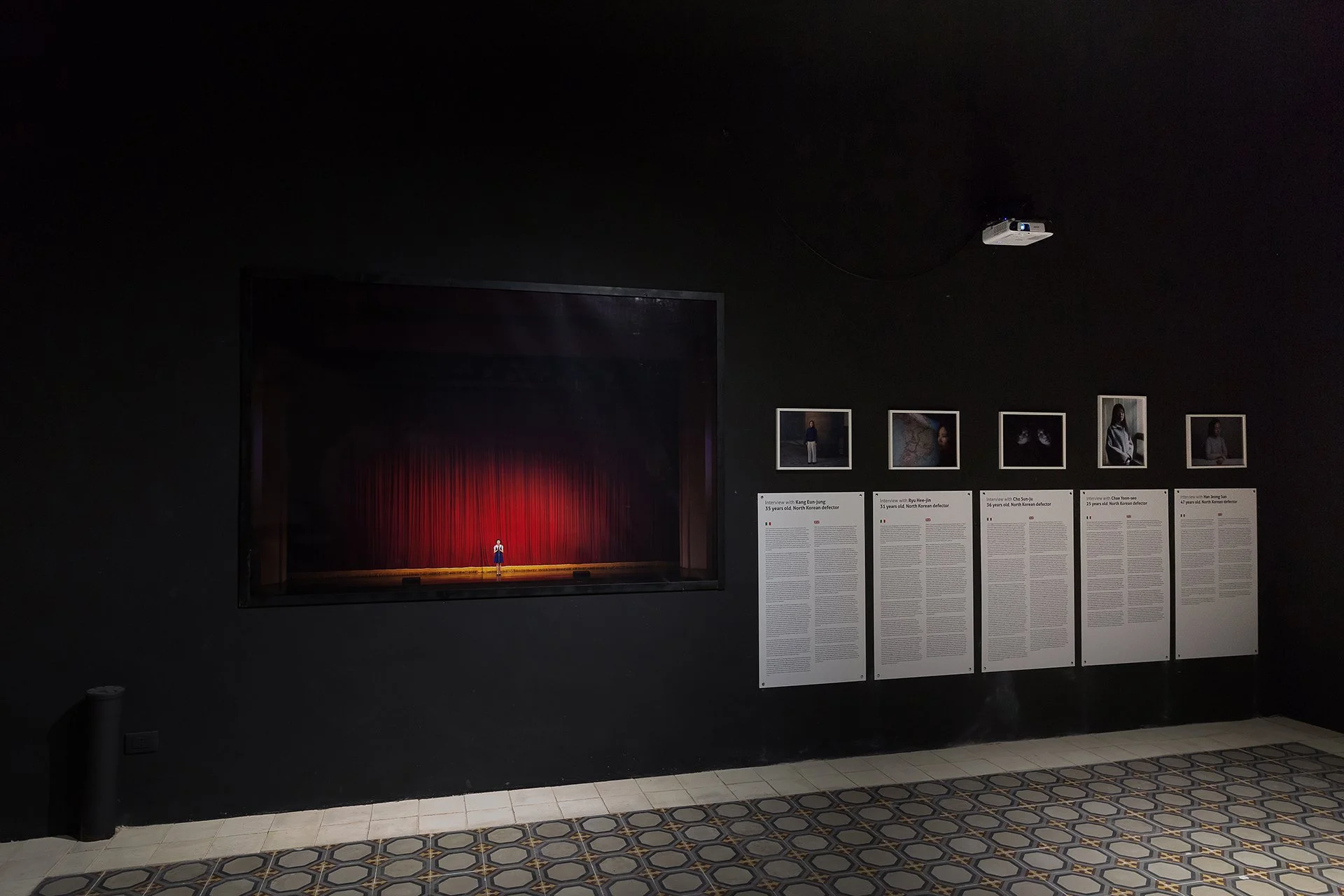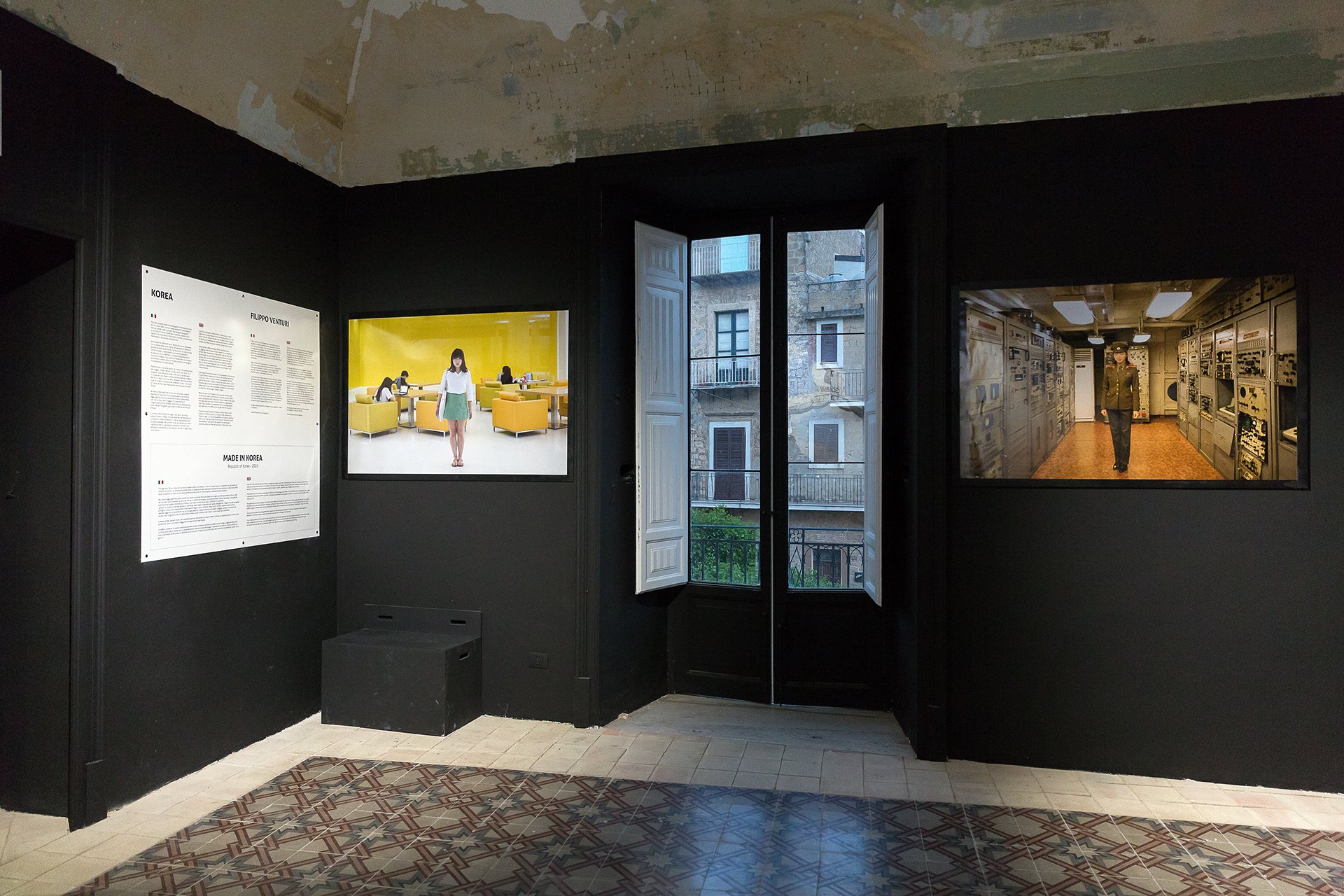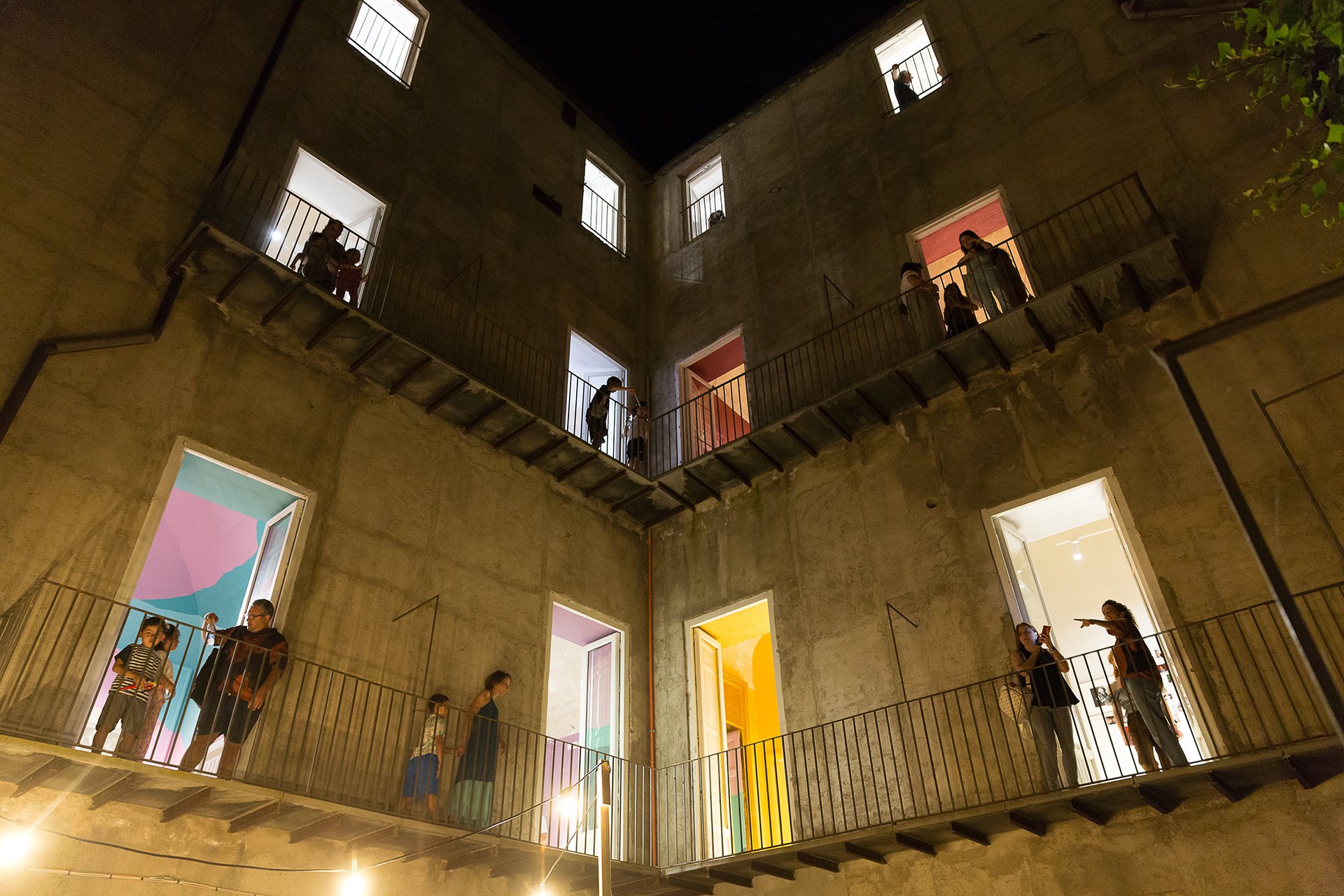(english below)
Sulla rivista Escape Australia è stata pubblicata una selezione di fotografie dal mio lavoro su Prison Inside Me.
Dopo aver realizzato il progetto L’Ira Funesta, dedicato alla Camera della Rabbia di Forlì — uno spazio in cui era possibile sfogare stress e rabbia distruggendo oggetti con mazze da baseball e martelli da demolizione — sono venuto a conoscenza di un altro ambiente pensato per liberarsi dallo stress, ma con dinamiche diametralmente opposte. Invece della violenza fisica e catartica, Prison Inside Me propone l’isolamento, la rinuncia alla tecnologia e la meditazione, in un contesto volutamente ispirato all’essenzialità di una prigione: le “celle” sono le stanze in cui alloggiano gli ospiti, o meglio, i pazienti.
Fondato nel 2013 da Jihyang Noh e da suo marito, il centro si trova a Nam-myeon, a circa 90 chilometri a est di Seul, immerso tra colline e boschi. Le stanze misurano appena 6 metri quadrati, sono spoglie, senza orologi né dispositivi tecnologici, e chi vi soggiorna indossa una divisa blu con numero identificativo.
Il progetto nasce come risposta al crescente malessere psicologico causato dalla pressione sociale e lavorativa in Corea del Sud, un Paese che in pochi decenni ha attraversato una rapidissima trasformazione, passando da una condizione semifeudale a una delle società tecnologicamente più avanzate del mondo. Questo salto, però, ha generato gravi effetti collaterali: ansia, isolamento, alcolismo e uno dei tassi di suicidio più alti al mondo.
Durante la mia visita, la direttrice Jihyang Noh mi ha raccontato che l’idea del centro è venuta al marito, avvocato, in un periodo particolarmente stressante della sua vita professionale. Sentiva il bisogno di fermarsi, ma non poteva permetterselo. Così ha immaginato un luogo in cui rinchiudersi volontariamente, per ritrovare equilibrio e riprendere il controllo della propria esistenza.
Le camere vengono chiuse a chiave solo di notte. Di giorno, chi lo desidera può uscire all’aperto e passeggiare nella cosiddetta “Foresta della Meditazione”. Altri preferiscono restare nella propria cella, dove meditano, pregano, scrivono o semplicemente piangono. Alcuni si limitano a guardare fuori dalla finestra. E proprio lì, nel silenzio e nella solitudine, si svela la sfida più grande: restare soli con se stessi. Ma è anche il primo passo per trasformare la propria quotidianità e ritrovare una serenità autentica.
Nessuno, fino a oggi, ha mai abbandonato il programma prima del termine, sono consapevoli di essere lì per loro stessi.
A selection of photographs from my work on Prison Inside Me was published in the magazine Escape Australia.
After completing the project L’Ira Funesta, dedicated to the Rage Room in Forlì — a space where people could vent stress and anger by smashing objects with baseball bats and demolition hammers — I came across another environment designed to relieve stress, but with completely opposite dynamics. Instead of physical and cathartic violence, Prison Inside Me offers isolation, disconnection from technology, and meditation, in a setting deliberately inspired by the minimalist aesthetics of a prison: the “cells” are the rooms where guests — or rather, patients — stay.
Founded in 2013 by Jihyang Noh and her husband, the center is located in Nam-myeon, about 90 kilometers east of Seoul, surrounded by hills and forests. The rooms are just 6 square meters in size, bare, with no clocks or technological devices, and guests wear a blue uniform with an identification number.
The project was created in response to the growing psychological distress caused by social and work-related pressure in South Korea — a country that, in just a few decades, has undergone a rapid transformation from a semi-feudal state into one of the most technologically advanced societies in the world. However, this leap has brought with it serious side effects: anxiety, isolation, alcoholism, and one of the highest suicide rates in the world.
During my visit, the director Jihyang Noh told me that the idea for the center came from her husband, a lawyer, during an especially stressful time in his professional life. He felt the need to stop, but couldn’t afford to. So he imagined a place where one could voluntarily shut oneself away, in order to recharge and regain control over one’s life.
The rooms are locked only at night. During the day, those who wish can go outside and walk in what they call the “Meditation Forest.” Others prefer to remain in their cell, where they meditate, pray, write, or simply cry. Some just sit and stare out the window. And it is precisely there, in silence and solitude, that the greatest challenge reveals itself: being alone with oneself. But it’s also the first step toward transforming one’s daily life and rediscovering a genuine sense of serenity.
To this day, no one has ever left the program before completing it. They are fully aware that they are there for themselves.































